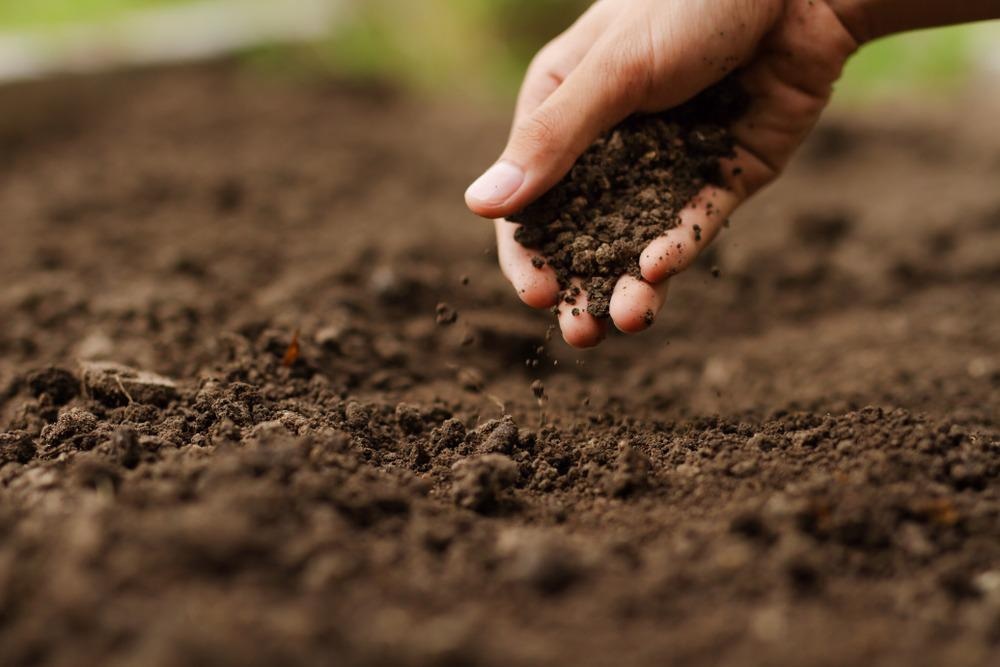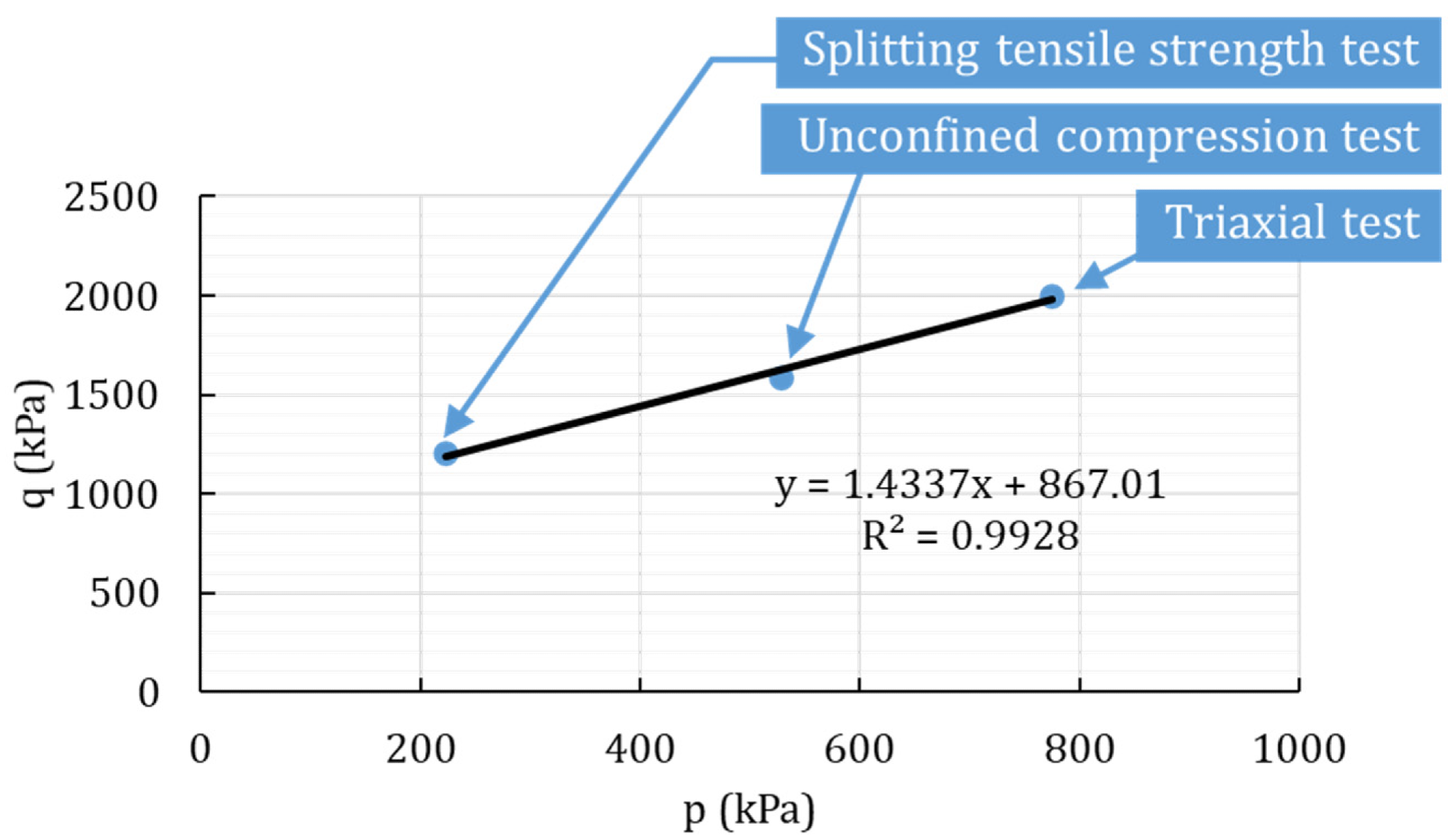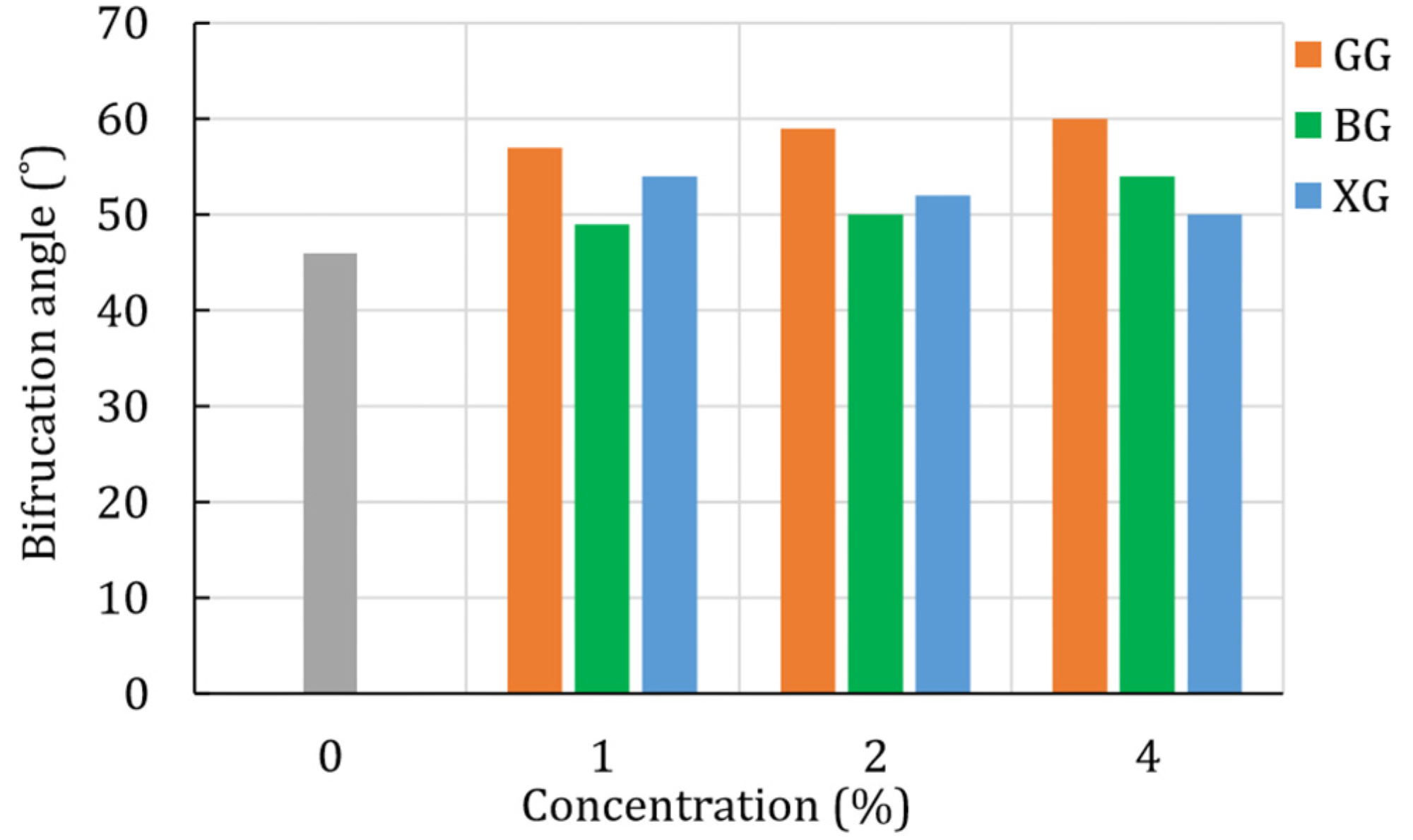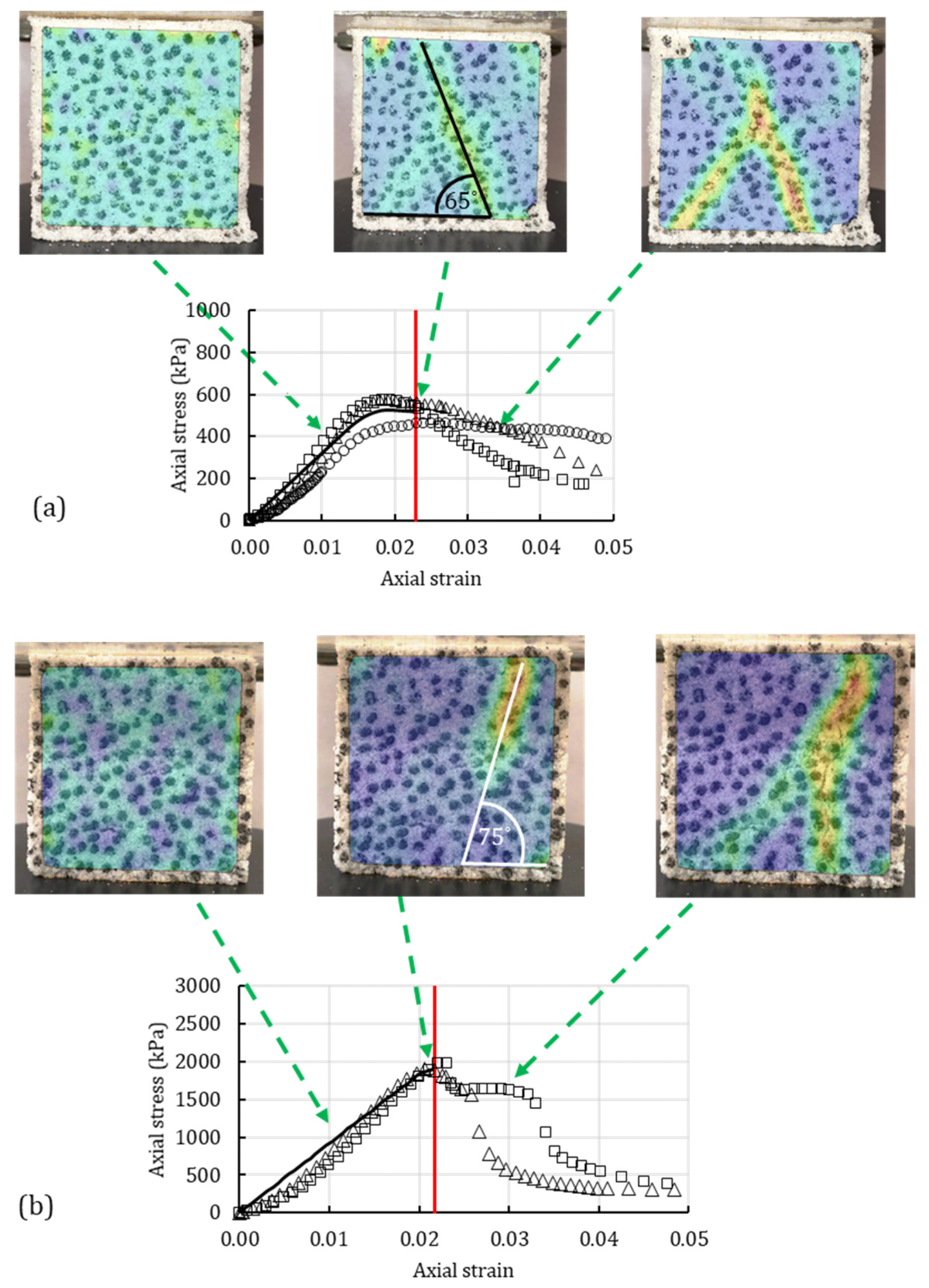A paper in Polymers, published this week, has investigated the properties of soil enhanced with biopolymers. Whilst there has been growing research interest in soil engineering with biopolymers, thus far there has been little engineering application for these materials to enhance the properties of soil.

Study: Macroscopic Stress-Strain Response and Strain-Localization Behavior of Biopolymer-Treated Soil. Image Credit: Piyaset/Shutterstock.com
This research has implications for research into the improvement of soils for construction purposes.
The Need for Soil Improvement
Population growth and rapid urbanization have led to the need for soil improvement methods. This is especially important for stabilizing and strengthening soft and complicated ground for construction purposes. Chemical stabilization is the primary method used for this purpose, with the most common material used being cement.
Whilst cement is a cheap, widely available material that possesses mechanical and chemical properties which make it ideal for this purpose, there are issues with its widespread use. Primarily, these issues are to do with sustainability and environmental friendliness. It is estimated that the cement production industry has produced around 6% of total global CO2 emissions in recent years, and the use of cement can lead to contamination of underground water sources and prevent vegetation growth.

The example of the calibration procedure for the silty sand with 4% BG. Image Credit: Soldo, A et al., Polymers
Thus, it is vital that more sustainable soil improvement methods are researched and implemented on an industrial scale that addresses the environmental challenges of rapid urbanization and global population growth.
Sustainable Soil Improvement Methods
Environmental concern over recent years has led to a significant research focus on sustainable soil engineering and improvement methods. Aside from construction and urban requirements, soil engineering has become a key research topic in agriculture.
Microbial-induced carbonate precipitation has been widely explored as a biological approach for soil engineering and improvement. This method requires using large microbial communities to improve the soil properties in coarse-grained soils. A cementitious bond is formed by reactions between microbes and soil particles. Research into this method has provided promising results, including increasing the strength and load-bearing capacity of engineered soils.
However, there are drawbacks to microbial-induced carbonate precipitation. Firstly, it is limited to coarse-grained soil as the pores of fine-grained soil are not suitable for the habitation of microbes due to their small size. Moreover, this method produces effluent ammonia, which can accumulate and cause contamination of soils and groundwater.
A second approach is to use biopolymers. These are organic polymers made from sources such as fungi, shells, yeast, and shells which have been extensively used in medicine, the food industry, cosmetics, and agriculture. Biopolymers are non-toxic and edible and can be considered as soil treatments. Moreover, compared to microbial-induced carbonate precipitation, they do not produce effluent ammonia and can be utilized in both coarse and fine-grained soils.

Bifurcation angle for the plain and biopolymer-treated silty sand (unconfined compression test).Image Credit: Soldo, A et al., Polymers
Current Research on Biopolymer-Enhanced Soils
Most research into biopolymer soil improvement has been experimental in nature, and the absence of computational models is one reason biopolymer-enhanced soils have not made their way into engineering applications. Research has demonstrated positive effects on the improvement of soil strength, reduction of permeability, and decreased soil collapsibility.
Whilst numerical studies are still limited, the potential of using biopolymers to improve the properties of soil is one that has piqued the interest of researchers in recent years, leading to a growth in research focus. Now, a new study has been published in Polymers with the aim of capturing a macroscopic stress-strain response numerically and investigating the influence of these materials on the onset of strain localization.
The Study
In the study, the authors conducted several diagnostic analyses of strain localization. The results of their analyses provided information on stress and strain levels at the onset of strain localization. Alongside this, the analyses provided information on the deformation band’s orientation. Strain localization is a process that creates narrow bands of deformation and is a characteristic of elastic-plastic materials.

Image processing of strain localization for sand with (a) 0.5% XG and (b) 1% XG under unconfined compression test compared with the numerically obtained OSL (red line) and experimental data. Image Credit: Soldo, A et al., Polymers
The study analyzed three commercially available biopolymers. These were Xanthan gum, Guar gum, and Beta-Glucan. Silty and pure sand were used as base materials. Specimens were prepared using dry mixing of sands and biopolymers to obtain a uniform biopolymer soil. After mixing, the biopolymer-enhanced soil was sprayed with water, and then specimens were compacted in molds for unconfined compression, triaxial, and splitting-tensile tests.
After testing, the soil samples were analyzed using digital imaging and processing to monitor strain component development and detect the inception of strain localization. Numerical modeling was used alongside the experimental tests and confirmational digital imaging.
In conclusion, the authors have stated that the diagnostic strain analysis indicates that biopolymers influence strain localization onset. Depending on the biopolymer type, biopolymer concentration, soil type, and stress state, strain localization can be postponed or advanced. As the authors have stated, understanding how biopolymers affect properties such as strain localization and failure improves their commercial application in civil engineering practices.
Further Reading
Soldo, A. Aguilar, V & Miletić, M (2022) Macroscopic Stress-Strain Response and Strain-Localization Behavior of Biopolymer-Treated Soil [online] Polymers 14(5) 997 | mdpi.com. Available at: https://www.mdpi.com/2073-4360/14/5/997
Disclaimer: The views expressed here are those of the author expressed in their private capacity and do not necessarily represent the views of AZoM.com Limited T/A AZoNetwork the owner and operator of this website. This disclaimer forms part of the Terms and conditions of use of this website.